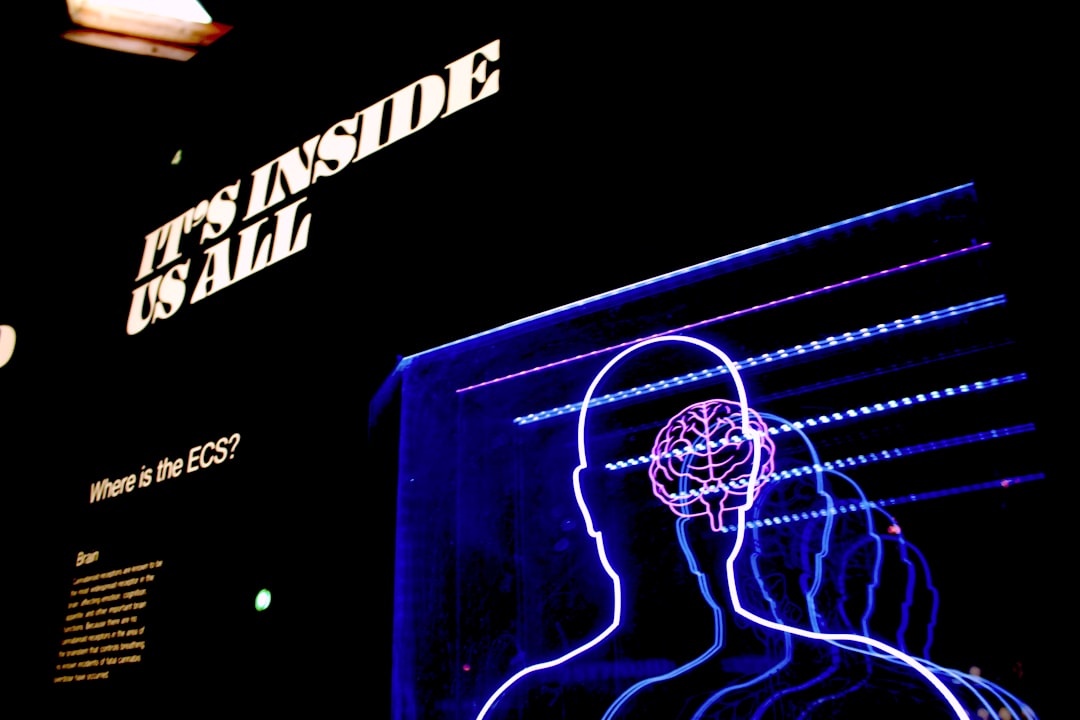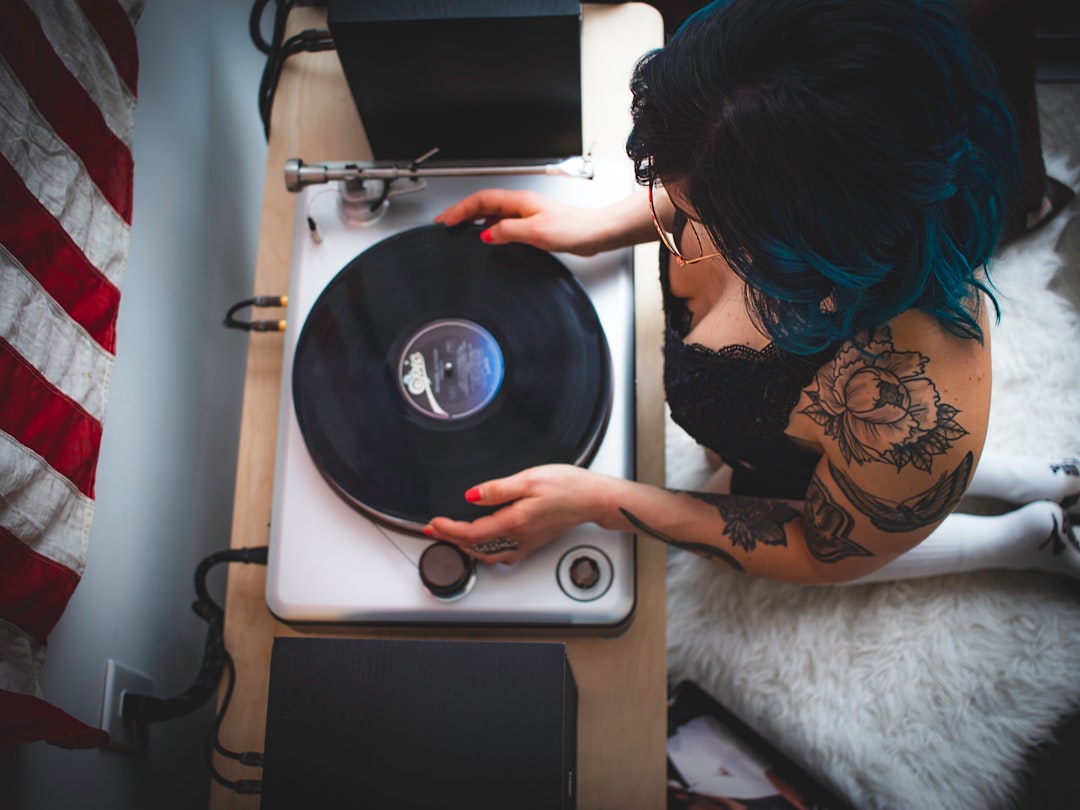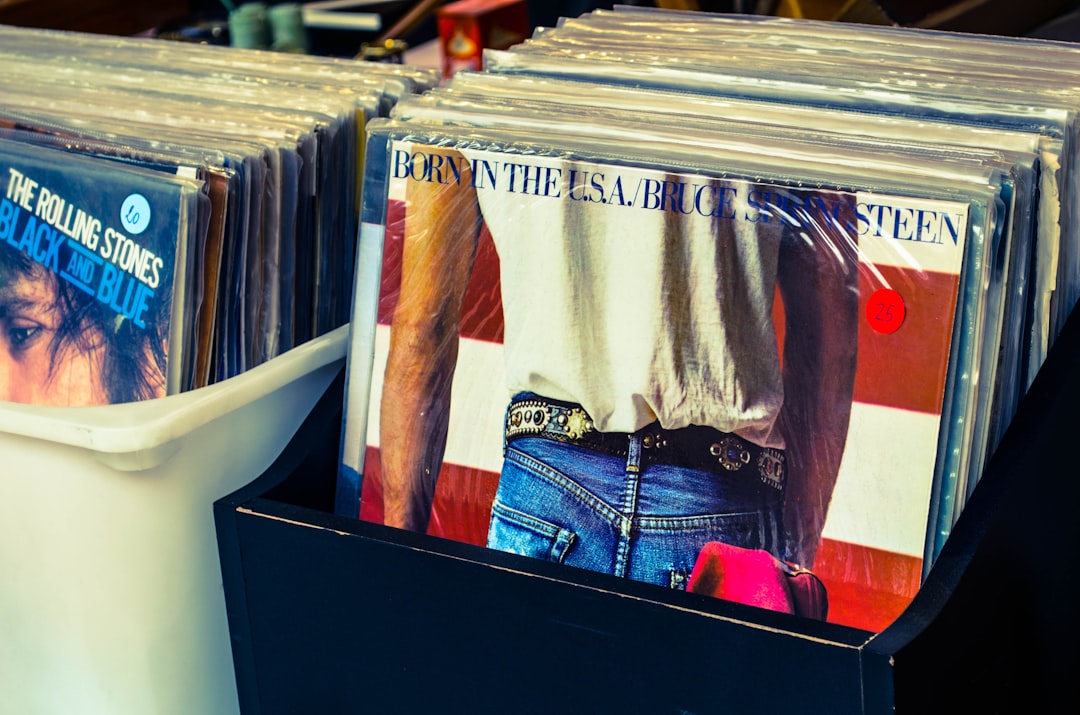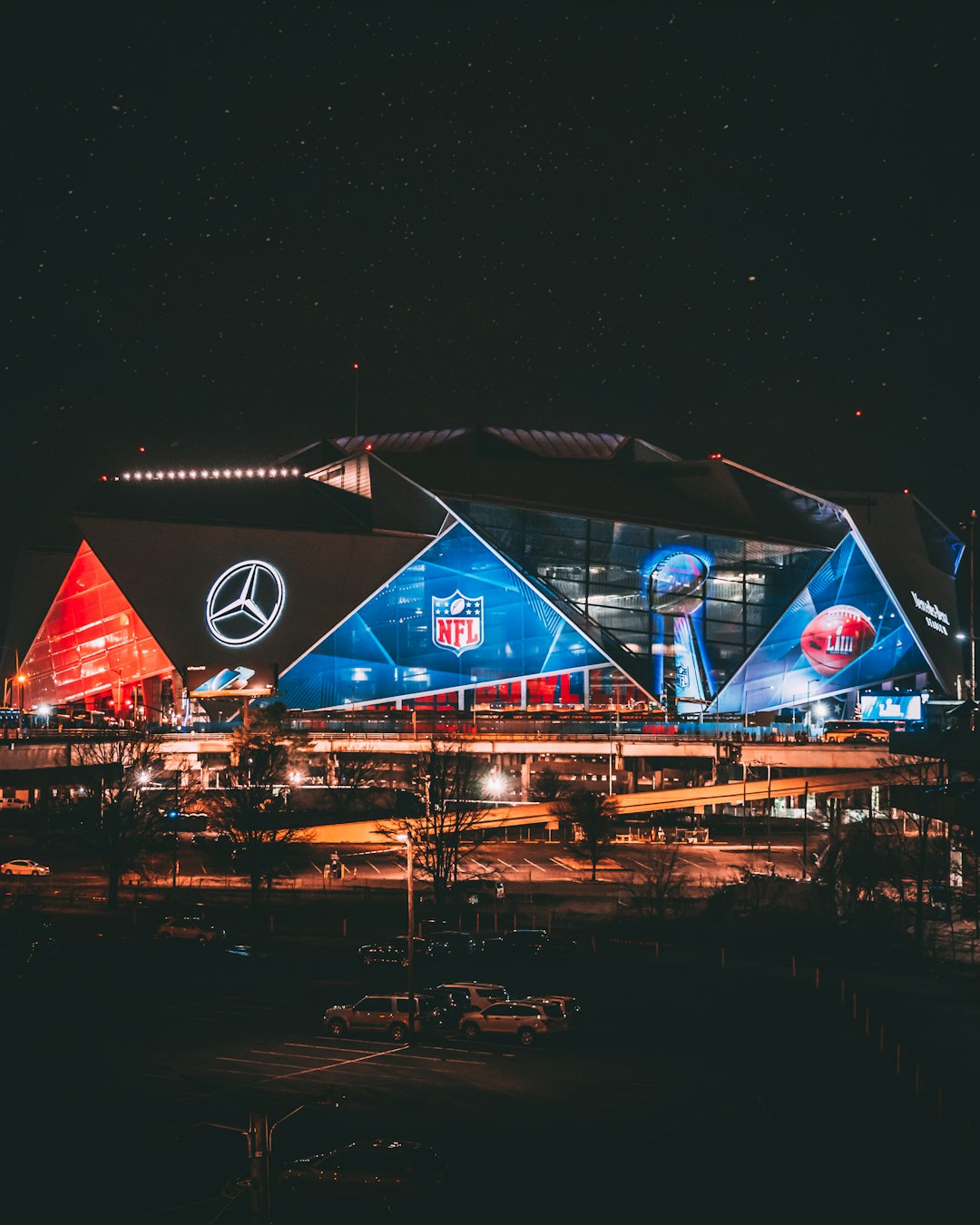
Last weekend, while driving to Pasadena for the “millennial anthem” festival Just Like Heaven, two Gen X bros were gripping about a corporate client catastrophe when the autoplay function began pumping an oddly familiar song through the CarPlay® app.
“Is this Madonna?” Passenger Bro asked Driver Bro. “I dunno,” responded Driver Bro as he swiped the touchscreen from Google Maps to the Tidal display. “But I hear this song constantly on Instagram.”
Sho ’nuff, the tune was by Madonna [sorta]. A reworking of her 1998 song “Frozen,” which was thawed out by producer Sickick in late 2021 and has subsequently become ubiquitous on TikTok (and copycat Instagram Reels), providing the moody score for 1.6M videos of every conceivable type—from influencer makeup tutorials to rando Indonesian Joker memes.
Personally, I (Driver Bro) have heard the song dozens, if not hundreds of times while mindlessly scrolling IG Reels in recent months. The song is easily the most popular in my feed, having overtaken that terrible “Small waist, pretty face” thot-anthem that the algorithm was convinced I had to see a bazillion times (presumably because there are too many middle-age creepers in my social network).
Despite “Frozen’s” omnipresence, not once did it occur to me to ask who the artist was behind the song—even with the credit scrolling right there at the bottom of the screen. But once it penetrated my consciousness that Madonna had a new “hit,” my immediate response was to dig in on the song and it’s unique trajectory from Madonna deep-cut (despite it’s #2 Hot 100 placement in 1998) to current smash (despite only cracking the Electronic/Dance chart). Ignoring what that says about the relationship between Billboard and how I personally experience the world of music, I was inspired to give the tune a few full listens. But absent that IRL exchange in the car, I probably would have gone the rest of my life unaware of any of this.
Of course, being a Gen Xer (even one who attends Millennial nostalgia concerts) puts me outside of the prime music discovery demo in 2022. But after this incident, I couldn’t help but wonder how much TikTok and its copycat apps actually influence discovery. A point made all the more salient by this week’s Halsey kerfuffle in which she complained on TikTok that her label wouldn’t release her new song unless it had a viral moment, on TikTok.
General consensus across the music industry is that TikTok is an essential part of any music promotion strategy. A study last summer found that 67% of TikTok users seek out music they’re heard there on streaming platforms. And NPR ran a story just this this week that framed users participation in TikTok as “lean-forward.”
Does this mean I’ve become a lean-back music consumer? My “Recently Played” would indicate otherwise. Music journo vet Jeremy D. Larson published an article this week in Pitchfork titled The Woes of Being Addicted to Streaming Services in which he presented a third option to the lean-in/-out binary. He called the middle tier auxilery listening, which he described by saying, “Common forms of auxiliary listening involve music accompanying a visual stimulus, like film scores or needle drops in movies, music videos or their modern-day equivalent: a song snippet looped in a TikTok.” I felt seen.
Using this framework, it’s easy to summize that the goal of promoting music on TikTok is to create a funnel where these auxiliary listeners become what Larson calls “intentional listeners” who actively stream the song they discovered via TikTok on Spotify. But this isn’t the only path to monetization. Because its well established that passive listening modes — from editorial playlists to pop radio programming — are being influenced by TikTok.
The fact that I am generally not a consumer of TikTok, pop radio or DSP playlists means that it would be fairly difficult to get a new Madonna remix onto my radar. But by attacking on multiple fronts, it song was eventually brought to my attention. And if we’re truly in an attention recession, then it clear that music makers (and marketers) are going to be focusing on TikTok’s tangental ability to outflank the competition for the foreseeable future.
TAKEAWAYS
Salient statements from this week’s music news.
1. Sony Music Makes $500M a Year From New Business Categories
The number doesn’t include the $14,000 that “Frozen” made Madonna (who is signed to Warner) for being used in 800K TikTok videos. But you get the idea.
Takeaway: Money rolling in from new partners is good, but that inevitably (and rightly) sparks questions about how it’s being passed on to artists and songwriters, amid the wider debate about whether booming industry revenues are being fairly shared with the creators of the music that powers all these deals.
2. How Vinyl Got its Groove Back — to the Tune of a Billion Dollars
A new study deflates the old, white and nerdy vinyl collector stereotype and reveals that vinyle buyers are “46% female, 20% people of color, and evenly balanced between those over and under 35.”
Takeaway: A subset of the music business once dominated by classic rock is expanding as younger consumers seeking out the same pop and hip-hop they listen to on streaming. At the same time, older vinyl fans are buying just as much – sometimes more, as more titles become available.

3. Will Heirs Get Multi-Million Dollar Music Catalogs Back in 35 Years?
Artists like Bob, Bruce and Bowie earned $5B selling their catalogs to labels and investors in recent years. Now the clock is slowly ticking until their heirs can cash in a second time.
Takeaway: Many superstar artists and songwriters have exercised their termination rights under the 1976 Copyright Act, regained their catalogs, and then made multi-million dollar deals to sell the catalogs. Current copyright law provides that the a copyright extends for the life of the author plus 70 years, so 35 years from now Section 203 of that same 1976 Copyright Act may allow the heirs of those superstars to terminate these current transfers, regain the catalogs, and start the whole process again resulting in more remuneration generated from the copyrights.

4. Pepsi Is No Longer Sponsoring the Super Bowl Halftime Show
During its 10-year run, Pepsi altered the shade of the show from boomer rock (Stones, Petty, U2) to contemporary performers, starting with Beyoncé and ending with Dr. Dre’s hip-hop spectacular.
Takeaway: Pepsi believes it can reach more people by shifting advertising dollars away from broadcast football to YouTube, TikTok, Twitch, and other digital platforms that are available year-round.







